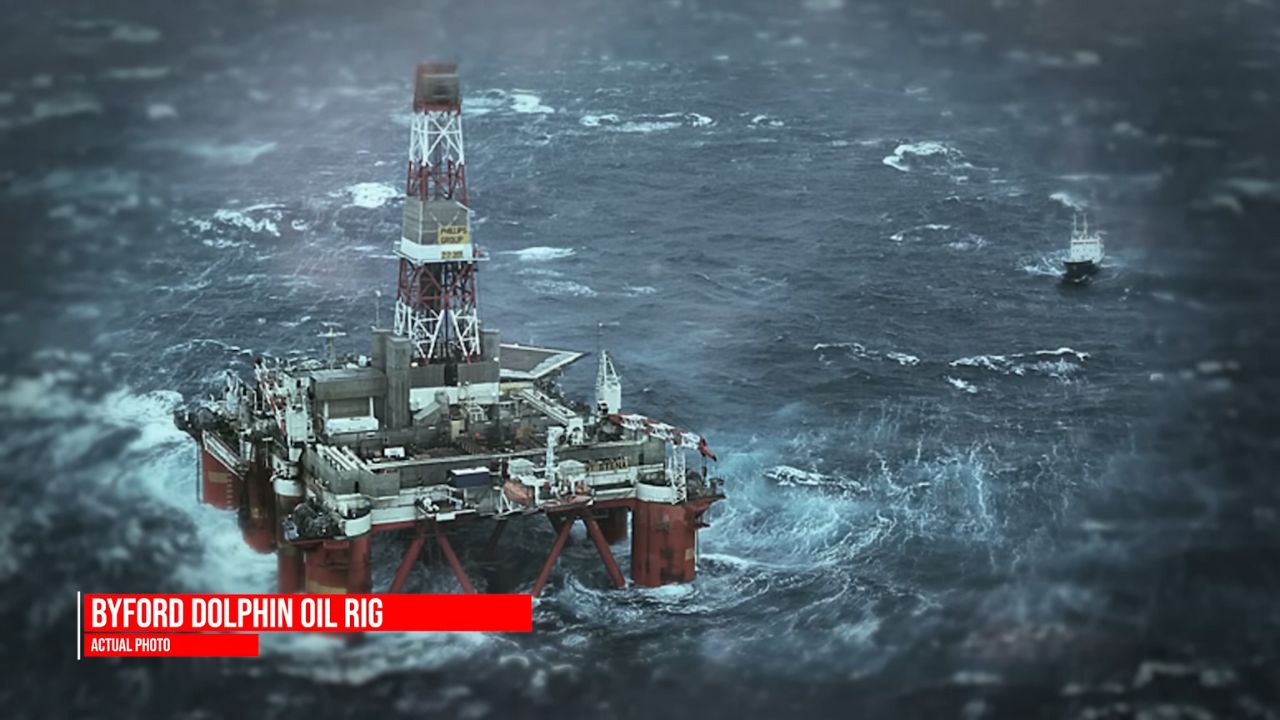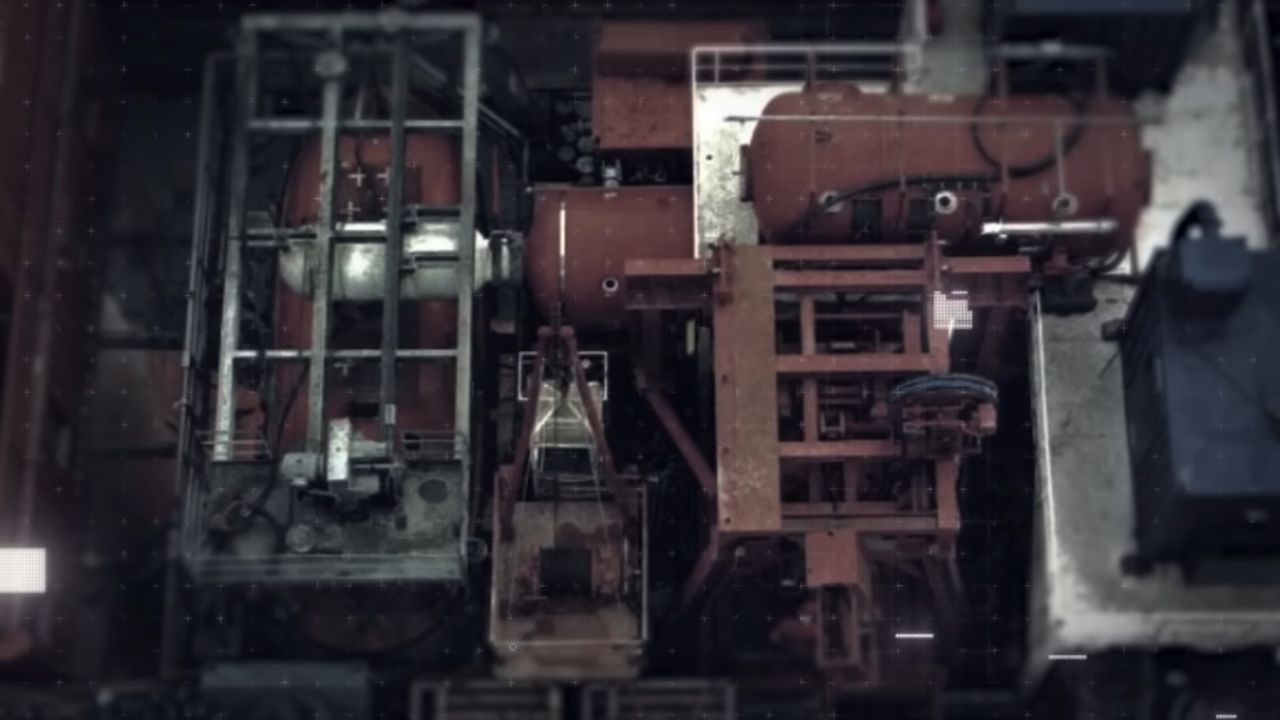The Byford Dolphin diving accident in 1983 was a tragic event that highlighted the importance of safety in offshore operations. This accident led to significant changes in commercial diving, with stricter safety rules implemented worldwide. In this blog post, we will discuss the history of the Byford Dolphin oil rig, the details of the explosive decompression accident, and the autopsy findings of the divers involved. By understanding the causes and consequences of this tragedy, we can ensure that such incidents never happen again.
Byford Dolphin Oil Rig History
The Byford Dolphin oil rig, a titan of the North Sea, was a beacon of offshore oil exploration. Manufactured in the early 1970s and operated by Dolphin Drilling, this oil rig was designed to withstand the harsh conditions of the North Sea. The rig saw action in the British, Danish, and Norwegian territories. Its claim to fame was its capability for saturation diving, a procedure where divers lived in high-pressure chambers for up to 28 days to service underwater equipment.

However, in 1983, the Byford Dolphin was the stage for an unspeakable tragedy. A diving bell became detached prematurely due to unsealed doors, triggering an explosive decompression that instantly claimed the lives of four divers and severely injured another crew member. This Byford Diving Accident Autopsy revealed alarming safety oversights that prompted sweeping changes in commercial diving operations and the creation of stricter safety regulations worldwide.
The Explosive Decompression Incident
The 1983 Byford Dolphin oil rig disaster occurred during what was supposed to be a standard dive. A diving bell was mistakenly detached from its chamber prematurely, resulting in a sudden and deadly drop in pressure. This accident claimed the lives of four saturation divers: Edwin Arthur Coward, Roy P. Lucas, Bjørn Giæver Bergersen, and Truls Hellevik, with Hellevik suffering a particularly gruesome fate.
The divers’ blood had absorbed nitrogen due to their time spent in deep water. When the pressure dropped abruptly, the nitrogen formed bubbles within their bodies, inflicting severe internal injuries. It was as if their bodies were boiling from the inside out. This tragic event exposed serious safety flaws and led to fundamental changes in deep-sea diving procedures worldwide.
Autopsy Findings
The Byford Dolphin accident of 1983 was a dark chapter in the history of offshore oil drilling. Autopsies performed on three of the divers—Edwin Arthur Coward, Roy P. Lucas, and Bjørn Giæver Bergersen—revealed that their arteries and veins were obstructed by white fat deposits. This occurred because the rapid decompression caused proteins in their blood to cook and solidify swiftly.
Thankfully, it is believed that all four divers died instantly, without suffering. This tragic event underscored the urgent need for improved safety measures in deep-sea diving to prevent similar tragedies in the future.
Byford Diving Accident Investigation
The Byford Diving Accident was a stark reminder of the inherent risks associated with saturation diving. In this line of work, divers remain deep underwater for weeks on end, earning between $30,000 and $45,000 per month due to the challenging conditions they face.

The accident occurred due to improper sealing of the diving bell’s doors, revealing critical safety issues in the realm of deep-sea diving. The investigation into the Byford Diving Accident Autopsy brought about sweeping changes in the industry to enhance diver safety and prevent similar catastrophes from happening in the future.
Safety Measures
The Byford Dolphin tragedy was a wake-up call for the diving industry. Since then, comprehensive safety measures have been put in place to ensure diver safety. Divers now undergo rigorous training and earn certifications to handle equipment, respond to emergencies, and comply with safety regulations. Regular inspections of diving gear, including chambers, diving bells, and suits, are conducted to prevent equipment failure.
One significant safety measure is the slow ascent divers must make post-dive to allow nitrogen to safely leave their bodies, thus avoiding decompression sickness. Emergency drills are also regularly held to ensure fast and effective response during crises. Prior to any dive, potential hazards are assessed to enhance safety measures further. Regular health checks of divers are also mandated to ensure they are physically fit for their demanding jobs.
Last Words
The Byford Dolphin diving accident in 1983 was a very sad event that showed how important it is to be safe in offshore work. A diving bell came loose too early, and four divers died right away while another got hurt badly. Autopsy results showed serious internal injuries from the sudden pressure change.
Since then, the diving industry has made strict rules, better training, and more checks on equipment to keep divers safe. These changes aim to protect divers and prevent accidents like this from happening again, making sure everyone stays safe in deep-sea jobs.
